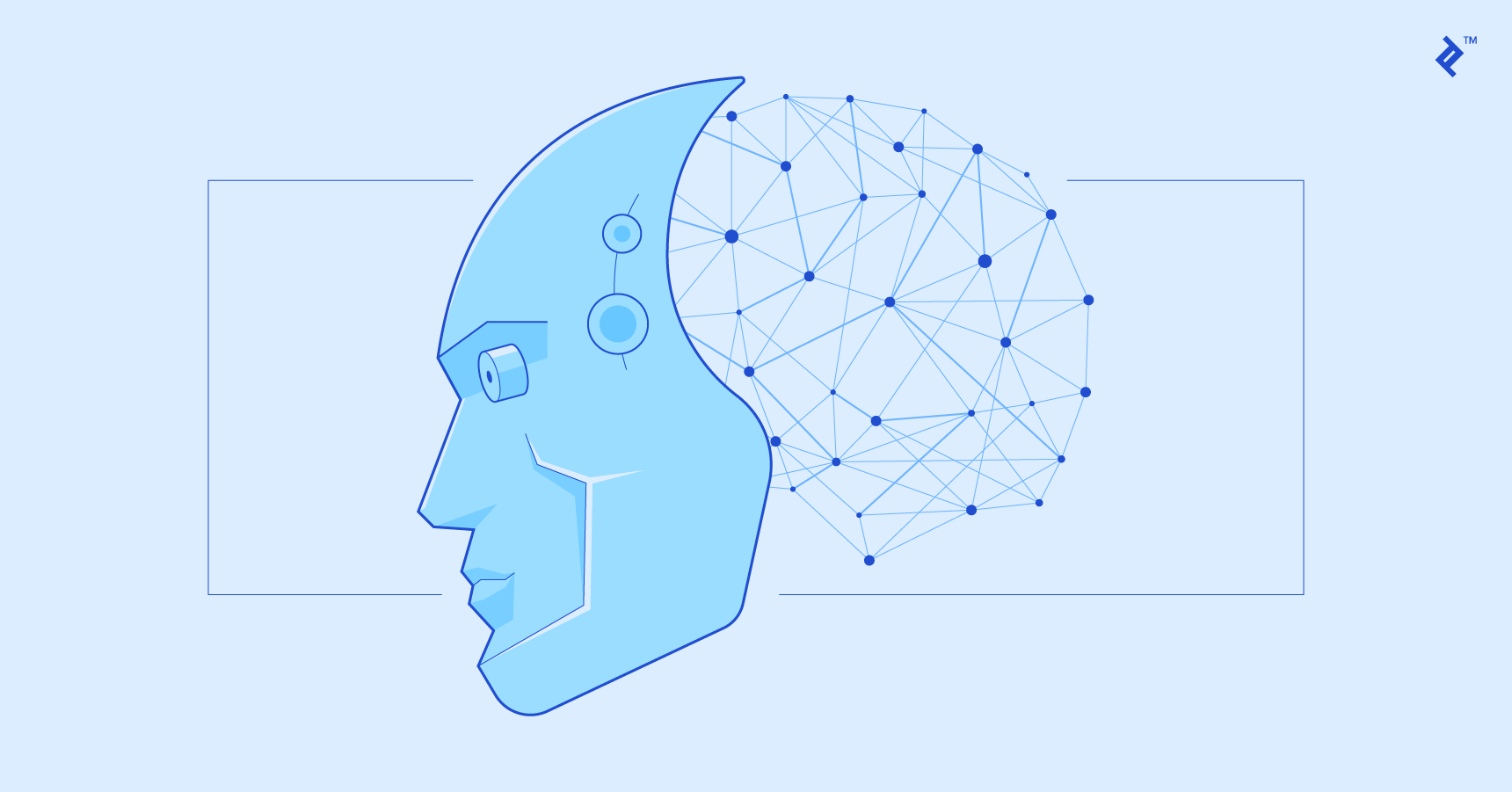Implementing the A2C algorithm using Tensorflow.js

Since I have been working on Reinforcement learning for six months now, I saw myself implementing multiple of the related algorithms, directly from the pseudocode, or from my understanding of the papers.
However, I mostly implemented them using Python, which is the rockstar language for Machine Learning (which I strongly disagree with, by the way). As my needs evolved, and I needed an algorithm to work with my environnement which I finally wrote using Node.js, I decided to transpile some of the algorithms I wrote in Python to Node.js.
For most of them, and more accurately, for those who didn’t involve any neural network (other than deep RL), it went fine, even though I could use the help of a numpy-clone library (numjs exists, but somehow, I didn’t like it), but for deep RL algorithms, it was a bit trickier.
I had to switch from the usual tensorflow to Tensorflow.js, the API specifially developped to run on browsers, and surely, it came with quite some heavy changes for someone who never used Tf.js: in Python, we start by defining a graph, and then running the graph. The graph defines only the flow of the computation, but values are assigned on the fly, which is why you can’t simply print your values using Tf in Python.
Tf.js is more Keras-oriented, so if you ever used Keras, you will feel at home with Tf.js.
Advantage Actor Critic (A2C)
Actor-critic algorithms are part of the deep reinforcement learning’s set of algorithms. And they rock.
I will simply point to Daniel Takeshi’s blog post, which definitely rocked the explanation of the algorithm (both A3C and A2C), and if you don’t feel like reading, here is a little comic explaining what is A2C.

The code
Without any more wait, here is the code, which I may explain in details in a future update. But if you managed to read one of the two ressources I linked to, you should be fine, as the code is very simple and intuitive and the networks used are of the simplest possible :
function actor_critic() {
const tf = require('@tensorflow/tfjs-node-gpu');
let zeros = (w, h, v=0) => Array.from(new Array(h), _ => Array(w).fill(v));
class A2CAgent {
constructor(state_size, action_size) {
this.render = false;
this.state_size = state_size;
this.action_size = action_size;
this.value_size = 1;
this.discount_factor = 0.99;
this.actor_learningr = 0.001;
this.critic_learningr = 0.005;
this.actor = this.build_actor();
this.critic = this.build_critic();
}
build_actor() {
const model = tf.sequential();
model.add(tf.layers.dense({
units: 24,
activation: 'relu',
kernelInitializer:'glorotUniform',
inputShape:[9, 12], //oneHotShape
}));
model.add(tf.layers.flatten());
model.add(tf.layers.dense({
units: this.action_size,
activation:'softmax',
kernelInitializer:'glorotUniform',
}));
model.summary();
model.compile({
optimizer: tf.train.adam(this.actor_learningr),
loss:tf.losses.softmaxCrossEntropy
});
return model;
}
build_critic() {
const model = tf.sequential();
model.add(tf.layers.dense({
units: 24,
activation: 'relu',
kernelInitializer:'glorotUniform',
inputShape: [9, 12], //oneHot shape
}));
model.add(tf.layers.flatten());
model.add(tf.layers.dense({
units: this.value_size,
activation:'linear',
kernelInitializer:'glorotUniform',
}));
model.summary();
model.compile({
optimizer: tf.train.adam(this.critic_learningr),
loss:tf.losses.meanSquaredError,
});
return model;
}
format_state(state) {
let copy_state = state.slice();
for(let i=0; i < state.length; i++) {
if(Array.isArray(copy_state[i])) {
copy_state[i] = Math.ceil(state[i][1] / 10);
}
}
return copy_state;
}
get_action(state, actions) {
const math_utils = require('../utils/math_utils');
let oneHotState = tf.oneHot(this.format_state(state), 12);
let policy = this.actor.predict(oneHotState.reshape([1,9,12]), {
batchSize:1,
});
let policy_flat = policy.dataSync();
return math_utils.weightedRandomItem(actions, policy_flat);
}
train_model(state, action, reward, next_state, done) {
let target = zeros(1, this.value_size);
let advantages = zeros(1, this.action_size);
let oneHotState = tf.oneHot(this.format_state(state), 12);
let oneHotNextState = tf.oneHot(this.format_state(next_state), 12);
oneHotState = oneHotState.reshape([1, 9, 12])
oneHotNextState = oneHotNextState.reshape([1, 9, 12])
let value = this.critic.predict(oneHotState).flatten().get(0);
let next_value = this.critic.predict(oneHotNextState).flatten().get(0);
console.log(action) //Pb nbr d'actions dans advantages
if(done) {
advantages[action] = [reward - value];
target[0] = reward;
} else {
advantages[action] = [reward +this.discount_factor * (next_value) - value];
target[0] = reward + this.discount_factor * next_value;
}
this.actor.fit(oneHotState, tf.tensor(advantages).reshape([1,2047]), {
epochs:1,
});
this.critic.fit(oneHotState, tf.tensor(target), {
epochs:1,
});
}
}
const environment = require('./environment')().EnvironmentController(1500);
const serialiser = require('../utils/serialisation');
async function main(offline=false) {
let episode_done = false;
if(!offline)
await environment.init_env();
let data = environment.getEnvironmentData();
const AMOUNT_ACTIONS = data.actions_index.length;
const STATE_SIZE = 12;
let agent = new A2CAgent(STATE_SIZE, AMOUNT_ACTIONS);
let reward_plotting = {};
let episode_length = 0;
for(let i = 0; i < Object.values(data.websites).length; i++) {
episode_done = false;
reward_plotting[i] = 0;
let state = environment.reset(i);
while(true) {
data = environment.getEnvironmentData();
console.log('Episode '+i+' : '+(data.current_step+1)+'/'+(data.length_episode+1));
let action = agent.get_action(state, data.actions_index);
let step_data = await environment.step(action);
let next_state = step_data.state,
reward = step_data.reward,
done = step_data.done;
episode_length = step_data.episode_length;
reward_plotting[i] += reward < 0 ? 1: 0;
agent.train_model(state, action, reward, next_state, done);
if(done) {
break;
}
state = next_state;
}
reward_plotting[i] = (reward_plotting[i]/(episode_length+1))*100;
await serialiser.serialise({
reward_plotting: reward_plotting,
}, 'plot_actor_critic.json');
// if(i%10) {
// agent.actor.save(__dirname+'/actor_model');
// agent.critic.save(__dirname+'/critic_model');
// }
}
return Promise.resolve({
reward_plotting: reward_plotting,
});
}
return {
main: main,
}
}
//module.exports = new actor_critic();
(async() => {
let sars = new actor_critic();
sars.main();
})();
Conclusion
Reinforcement learning is getting more and more popularised, with new related papers coming out more and more often, and pushing the field’s limit every day a bit more. A2C is a good algorithm to get started with deep RL because of it’s simplicity and ease of interpretation. If this is the first time you read about RL, I cannot miss the opportunity to suggest going through Sutton & Barto’s Reinforcement learning book, which is basically the bible of RL.